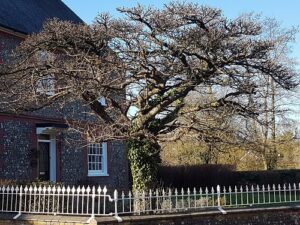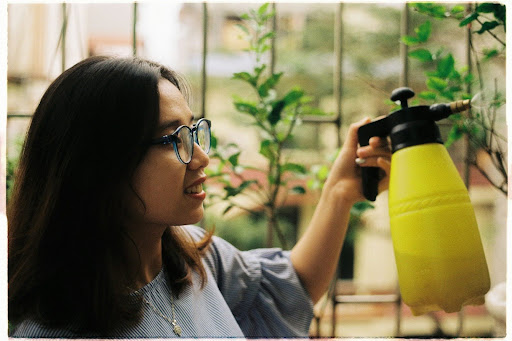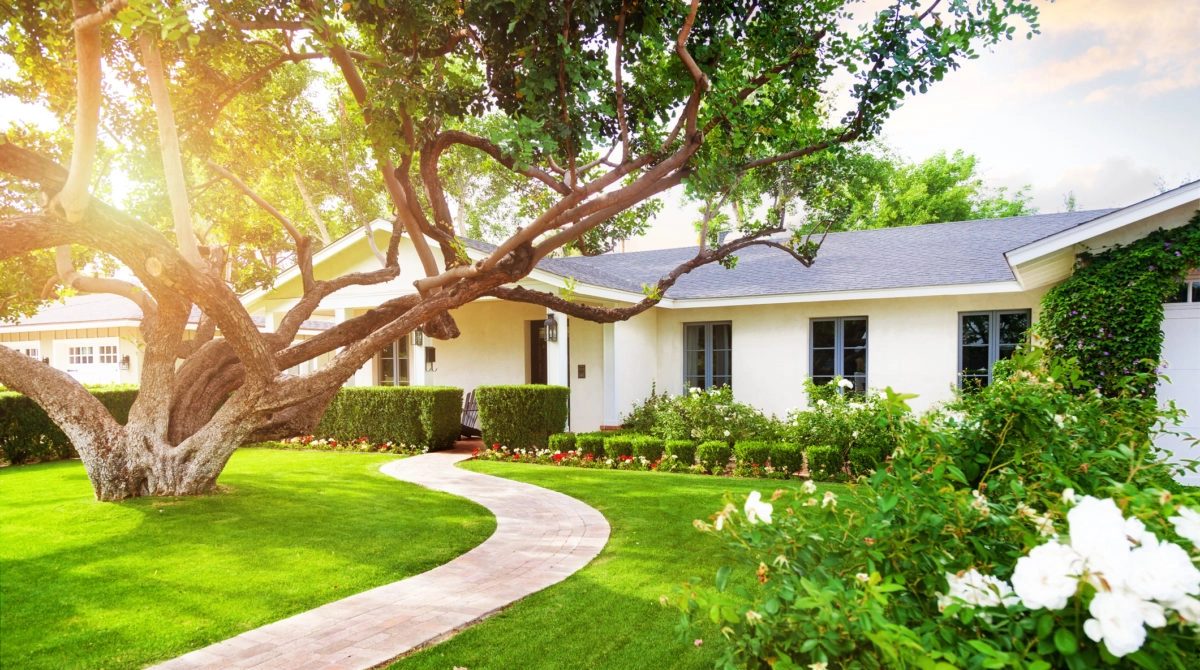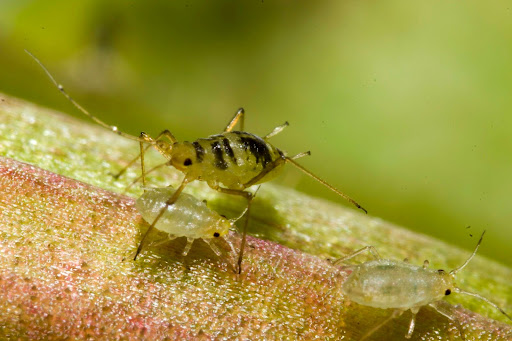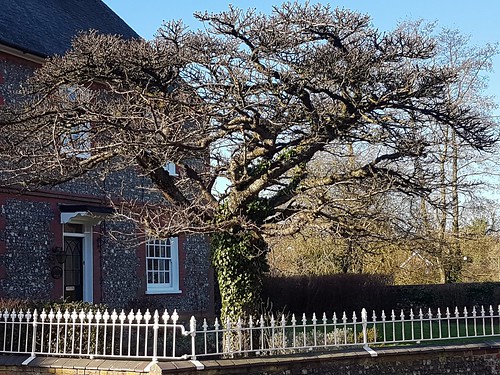
Comprehensive Tree Health Assessment Services in Southlake
Date October 10, 2023
Even though trees are often associated with sturdiness and long life, they can also succumb to damage and age. If a tree in a yard poses a potential risk, a certified arborist can help a property owner calculate the exact level of danger it presents and guide them in taking the next steps to keep their home and loved ones from harm.
What Is a Tree Health Assessment?
Image via Flickr by oatsy40
A tree health assessment is the process of examining and evaluating a tree’s overall condition. Trees are subject to weathering and damage from natural occurrences, such as storms, diseases, and infestations. Over time, the damage they sustain can elevate the risk of limb breakage or trunk failure, which endangers the people and properties around them. To determine the level of risk involved with a particular tree, a trained arborist will comprehensively inspect it to assess its strength and useful life, specifically looking at the following factors:
- Cracks.
- Leaning.
- Root degradation or girdling.
- Codominant stems.
- Infestation.
- Disease.
- Rot.
- Soil conditions.
What Happens After a Tree Health Assessment?
On completing their assessment, the arborist will classify the tree according to its likelihood of failing. According to the International Society of Arboriculture, the four categories of likelihood are as follows:
- Improbable: This is the lowest level of likelihood, indicating that a tree should hold up in normal weather conditions and even withstand severe weather events.
- Possible: A tree could fail, though it’s unlikely to happen in normal weather conditions.
- Probable: Even under normal weather conditions, one may expect a tree to fail.
- Imminent: A tree has either started to fail or its failure may soon occur, even in the absence of strong winds or heavy loads.
The arborist will also assess the likelihood of a hazardous tree impacting a target, for example, by falling toward a person or property. The likelihood is usually classified as very low, low, medium, or high, depending on the occupancy rate of the area and factors that may act on the tree as it falls.
Based on their findings, the arborist will recommend the next steps. For lower-risk trees, they may recommend mitigation, including procedures such as pruning, maintaining, or bracing the tree. For higher-risk situations, the solution may be to remove the tree.
When Should You Get a Tree Health Assessment?
There’s no rule of thumb regarding how frequently a property owner should assess a tree’s health. Ordinarily, people seek assessments when tree damage becomes apparent, such as after a storm or other natural disaster.
Regular assessments, however, may prevent potential harm to properties or people. Even a tree that looks healthy from the outside could be undergoing damage underground or from within. Addressing these conditions is essential for ensuring people’s safety and maintaining the beauty of their properties.
Get an Assessment Today
If you’re a Southlake resident and would like to have a tree assessed, we encourage you to contact our experts at TreeNewal. Our ISA-certified arborists can help in the early detection and treatment of tree diseases and the aversion of risk to people in your community. Message us online or call 817-329-2450 to schedule your assessment or learn more about the process.
